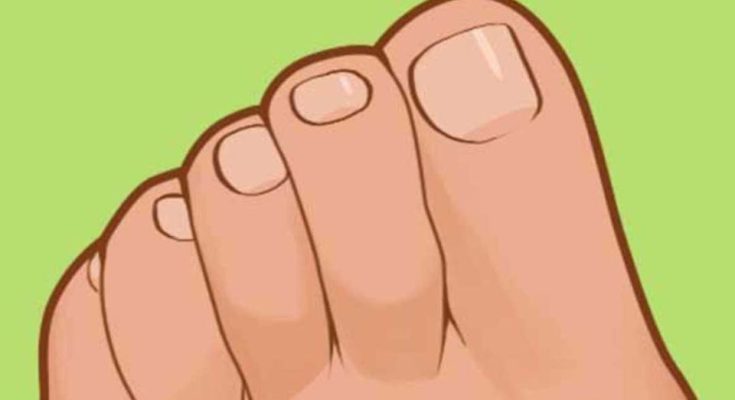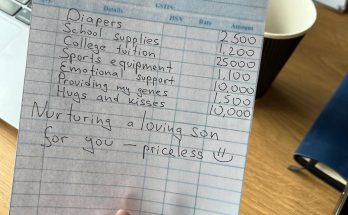Here I Am
A painful, bony bump on the side of your foot can be really annoying, making it hard to walk comfortably and find shoes that fit well. If you see a bump near your big toe, you might have a bunion.
What is a Bunion?
A bunion (also called hallux valgus) is a bony growth at the base of the big toe joint where it meets the foot. It happens when the big toe leans towards the second toe, causing that joint to stick out. This misalignment can cause pain, swelling, and even arthritis in that area.
Some people are more likely to get bunions because of their foot shape but wearing tight shoes like high heels or narrow ones can also make them worse. Bunions usually get worse over time if not treated.
Signs and Symptoms of Bunions
The main sign of a bunion is a noticeable bump on your foot by your big toe. Other signs may include:
- Ongoing pain or tenderness where the bunion is.
- Swelling and redness around that joint.
- Limited movement in your big toe which makes walking harder.
- Corns or calluses from toes rubbing against each other due to misalignment.
- Thickened skin at the base of your big toe.
What Causes Bunions?
Bunions form from uneven pressure on your feet often caused by bad foot mechanics or wearing tight shoes. Common reasons include:
- Genetics: If someone in your family has them, you’re more likely to develop them too.
- Footwear choices: Shoes that are too tight or have high heels push on the big toe into an awkward position over time.
- Arthritis: Some types like rheumatoid arthritis can increase chances for developing bunions due to inflammation in joints.
- Foot injuries: Damage to feet sometimes leads to bunion formation.
- Flat feet or unusual walking patterns can add pressure leading to worsening conditions.
How To Treat and Get Rid Of Bunions
While you can’t completely reverse bunions without surgery there are many ways you can ease pain slow down their growth & improve life quality:
- Choose The Right Shoes
The first step in managing bunions is finding shoes with enough space for toes! Tight footwear makes things worse while supportive wide-toe options help prevent further issues! Look for:
- Wide boxes so toes lie flat naturally
– Low heels or no heels reducing front-foot pressure
– Soft cushioned insoles absorbing shock & adding comfort
- Use Bunion Pads Or Orthotics
Over-the-counter pads help cushion buns & reduce friction from shoes minimizing discomfort! These work great if you’re standing long hours! If it’s really bothering you custom orthotic devices might be suggested by podiatrists!
- Pain Management And Anti-inflammatory Remedies
For mild pain try over-the-counter meds like ibuprofen which helps reduce swelling! Ice packs applied for 10–15 minutes also relieve swelling & numb ache!
- Toe And Foot Exercises
Regular exercises keep flexibility strong muscles around joints slowing down progression! Helpful exercises include:
– Toe stretches pulling back into alignment holding 10 seconds repeating daily!
– Towel scrunches using toes scrunching towel up strengthening muscles!
– Toe circles rotating it circularly improving flexibility relieving stiffness!
- Bunion Splints
Wearing splints at night helps realign toes while sleeping providing temporary relief slowing progression!
- Corticosteroid Injections
If severe pain persists doctors may suggest corticosteroid injections reducing inflammation giving temporary relief usually after other treatments fail!
7.Surgery (Bunionectomy)
For serious cases affecting daily life surgery could be best option correcting bones ligaments tendons removing protrusions! Types vary based on severity:
– Osteotomy cuts realigning bone fixing position!
- Exostectomy removes part but doesn’t realign bones often done with osteotomy!
– Arthrodesis fuses joint preventing movement/pain for severe cases!
Recovery takes weeks/months needing casts/surgical shoe physical therapy gradually returning normal activities; surgery’s effective but last resort due recovery risks involved!
Preventing Bunions
Though not always preventable especially hereditary steps minimize risk:
Wear wide-toe box avoid high heels allowing free movement reduces risk forming buns
Support feet using orthotics if flat-footed improving mechanics
Take breaks when standing long periods easing strain
Maintain healthy weight excess adds pressure worsening problems
Bunions are common yet painful conditions affecting mobility quality life significantly; conservative treatments like proper footwear pads exercises provide relief slow progress while surgery needed severe cases; key managing early intervention ongoing care preventing worsening condition taking proactive steps minimizes discomfort maintaining health enjoying active lifestyle



